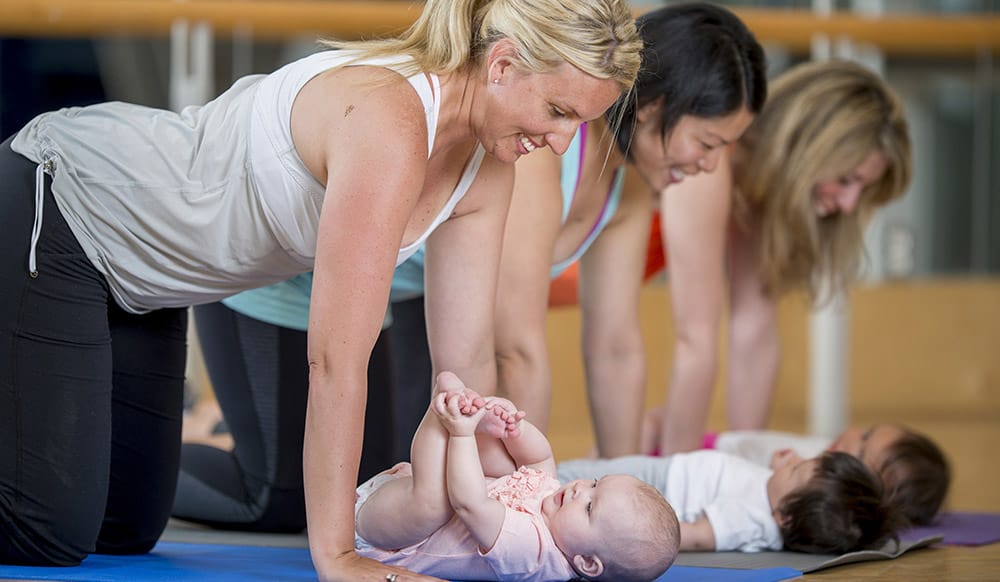According to the Canadian Cancer Society, Prostate Cancer is:
- Most common cancer among men
- Third leading cause of death from cancer
- 21,300 men are diagnosed (21% of all new cancers in men)
- 58 Canadian men diagnosed each day
- Post pelvic cancer treatment
What does the research say?
Research shows that having an assessment with a pelvic physiotherapist before your surgery can help with making sure you know how to activate those pelvic floor muscles independently and with your other core muscles functionally. We can address any other musculoskeletal issues such as pelvic mobility, lower back function, posture and positioning.
Scholarly research, Sacco E et al., states, “The adoption of an early periprostatectomy supervised pelvic floor muscle training is effective in improving the recovery of continence, even using a less intensive but more affordable program requiring only a monthly supervised session.”
Research has supported pelvic health physiotherapy for men after prostatectomy surgery. Although there is no gold standard protocol for treatment, pelvic floor physiotherapy can be helpful with addressing dysfunctions of the pelvic floor.
Recent Posts from our Blog
Visit our About page to learn how Ana and Kate can help you.
The human body has been designed to resist an infinite number of changes and attacks brought about by its environment. The secret of good health lies in successful adjustment to changing stresses on the body.
– Harry J. Johnson
Prostatectomy Program of Care includes the following:
A) Initial Visit Pre- Surgery 2-6 weeks before surgery
- Education on the anatomy of the prostate and pelvic floor muscles that support the organs
- Discuss hydration, nutrition, bladder irritants, baseline bladder diary
- Review kegel exercises and reverse kegels
- Discuss bowel movements
- Review post operative considerations, exercises to do
- Discuss what can be done while catheter in, what to expect, etc
B) 2nd visit- 2 weeks post surgery once catheter is removed
- Review key points for first 8 weeks after surgery
- Retrain bladder
- Teach and review kegel contractions focusing on strength and endurance, review reverse kegels
- Review hydration, food intake, bladder function
- Pad protocol
- Review body mechanics, posture, functional movements
C) Weekly visits as required and will include the following:
- Progress pad protocol weekly
- Review kegel strengthening protocol weekly progressions
- Progress/add weekly exercises
- Review amount of leakage, etc
- Introduce core exercises, functional movements, etc
- Return to pre-operative exercises








